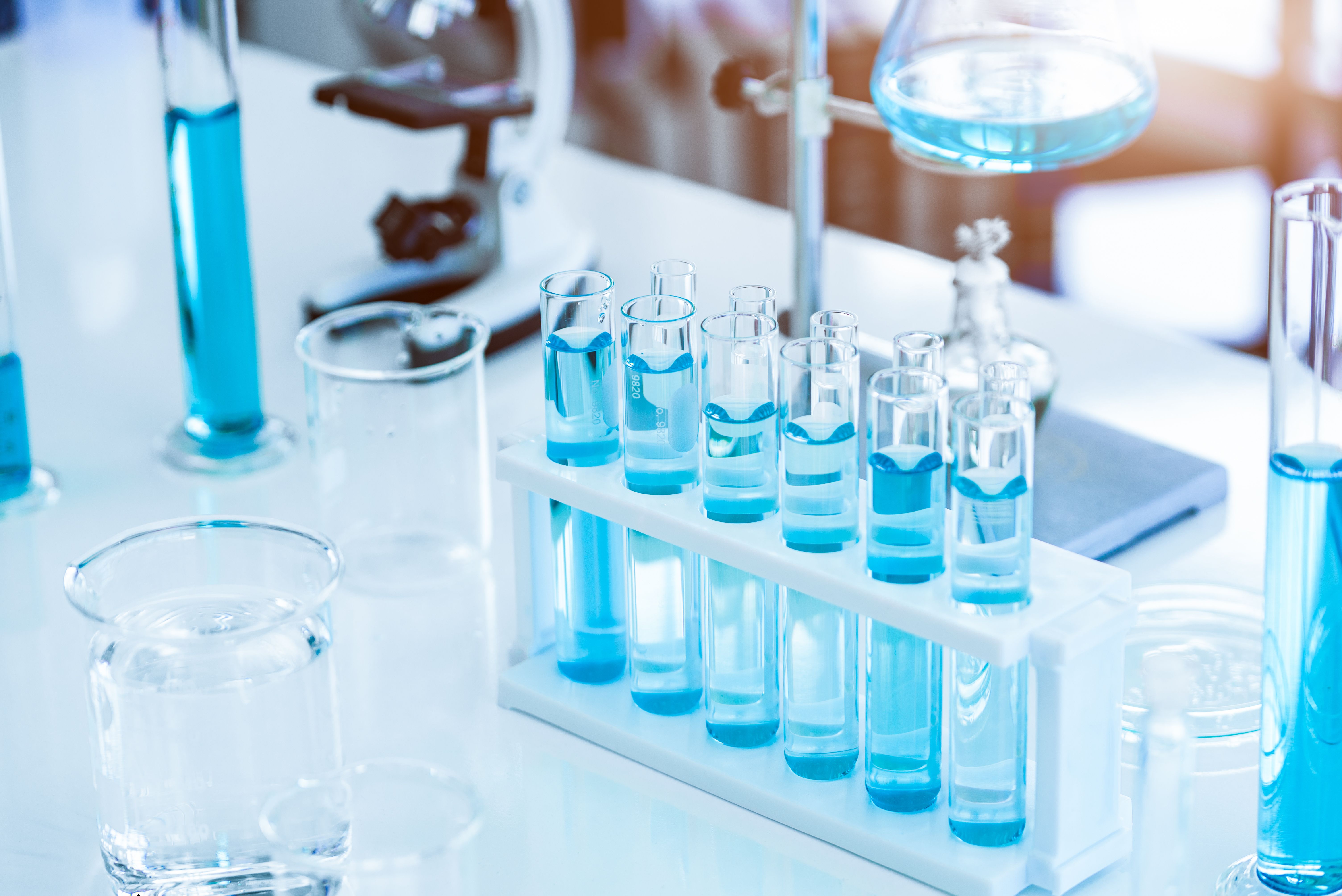- Case-Based Roundtable
- General Dermatology
- Eczema
- Chronic Hand Eczema
- Alopecia
- Aesthetics
- Vitiligo
- COVID-19
- Actinic Keratosis
- Precision Medicine and Biologics
- Rare Disease
- Wound Care
- Rosacea
- Psoriasis
- Psoriatic Arthritis
- Atopic Dermatitis
- Melasma
- NP and PA
- Skin Cancer
- Hidradenitis Suppurativa
- Drug Watch
- Pigmentary Disorders
- Acne
- Pediatric Dermatology
- Practice Management
- Prurigo Nodularis
- Buy-and-Bill
News
Article
Recapping March Dermatology Biosimilar News
Author(s):
The biosimilar landscape experienced significant activity, marked by fresh data from conferences, novel findings regarding adalimumab biosimilars, and more.
Between new data coming out of conferences, new insights into adalimumab biosimilars, and a study evaluating the impact of biosimilars on patient out-of-pocket (OOP) costs, the biosimilar space had a very eventful March.
AAD Conference Coverage
Several posters presented at American Academy of Dermatology (AAD) annual meeting looked at clinical data for adalimumab and ustekinumab biosimilars.
One study showed comparable safety and efficacy between a ustekinumab biosimilar (SB17) and the reference product in patients with plaque psoriasis over 52 weeks. Another study found that some patients experienced increased adverse events after switching from reference adalimumab (Humira) to a biosimilar version (Imraldi) for psoriasis treatment, leading to some patients switching back to the reference product.
A third poster noted some of the barriers to self-injectable biologics, which has become a larger topic of discussion since the US launch of adalimumab biosimilars. Although self-injection allows for quicker administration, reduces co-pay costs, and provides patient with more control over their treatment, fear of needles, concerns about pain, and lack of confidence in administering the drug safely remain top concerns among patients.
More Data on Adalimumab Biosimilars
Speakers at a recent webinar urged policy changes to boost biosimilar adoption and healthcare savings. Challenges like low adalimumab biosimilar uptake in the US were discussed, with proposed solutions including simplified interchangeability rules and aligned payer strategies with manufacturers to support biosimilars. They emphasized long-term biosimilar market growth for sustainable health care cost reductions.
A study analyzed adalimumab biosimilar impact on sales and spending in various countries. Countries with biosimilars saw reduced adalimumab costs and increased accessibility, leading to projected budget savings of $371 per gross domestic product per capita in the first year. This highlights the cost-saving potential of biosimilars and the need for policies that balance healthcare expenditure optimization with patient access.
A review of studies found that the adalimumab biosimilar SB5 is safe and effective, with consistent product quality over time and a preferred injection device. Real-world data confirmed its effectiveness and safety across various diseases, supporting its use as a viable alternative to the reference product.
New Market Insights
Researchers analyzed a national commercial claims database to study how increased biosimilar competition affected OOP costs for commercially insured patients under 65 years old. Despite more biosimilars entering the market, overall OOP costs didn't significantly decrease. While some drugs saw lower OOP spending after biosimilar competition, others had higher or no significant changes. The study included over 145,000 individuals and found a trend of more patients with nonzero OOP costs and higher mean annual OOP costs post-biosimilar availability, indicating the need for targeted policy interventions for patients to benefit from biosimilar savings and affordable medications.
Lastly, Cardinal Health's 2024 Biosimilars Report delved into key economic and legislative shifts in the biosimilar arena, spotlighting new treatments like adalimumab biosimilars and the then-current stance of retina specialists on biosimilars. While 9 adalimumab biosimilars had launched in 2023, setting a record, more biosimilars targeting drugs such as Stelara, Tyruko, and Eylea were expected soon. The report outlined 5 strategies for managing biosimilar inventories efficiently amid increasing complexities in storage, administration, and nomenclature.
There was a growing interest in interchangeable biosimilars, seen in legislative proposals aiming to streamline their designation process. Despite potential cost-saving benefits estimated in the billions, concerns lingered around biosimilar adoption, with some specialists citing hesitancy due to data gaps, limited clinical experience, and manufacturing variances. Compounding challenges also posed barriers, with insurers often favoring reference products over biosimilars. However, there was optimism that biosimilars' growing presence would spur competition, reduce costs, and pave the way for more affordable and accessible therapies in the future.
[This article was originally published by our sister publication, American Journal of Managed Care: The Center for Biosimilars]







